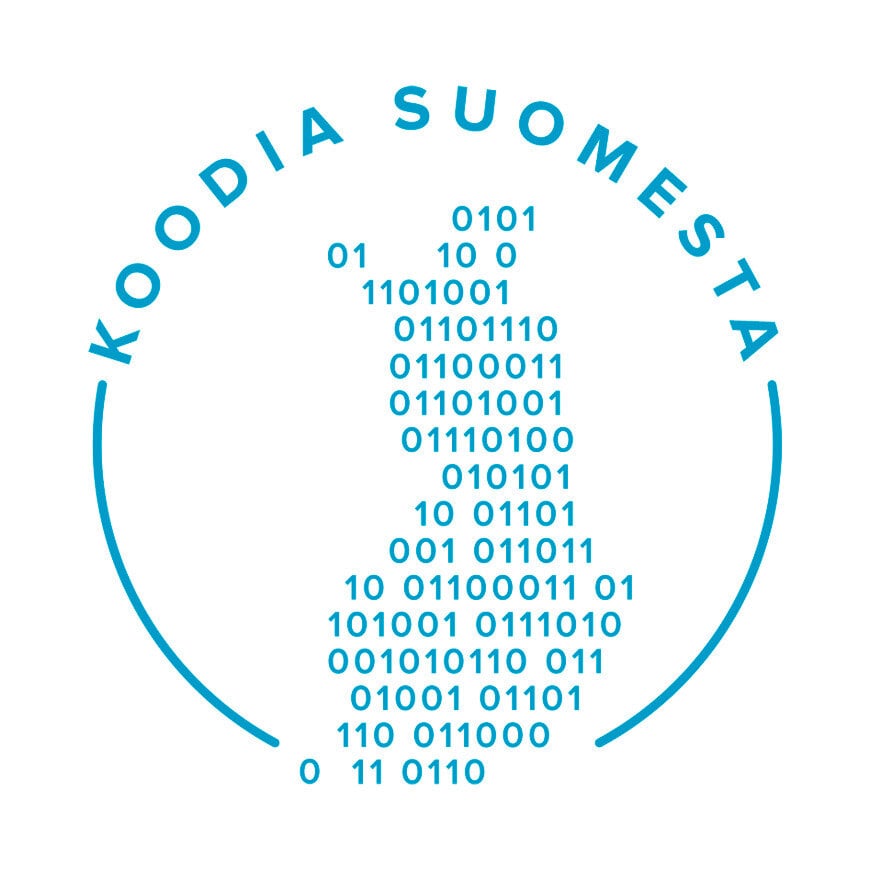What is experience design and why your business can't survive without it
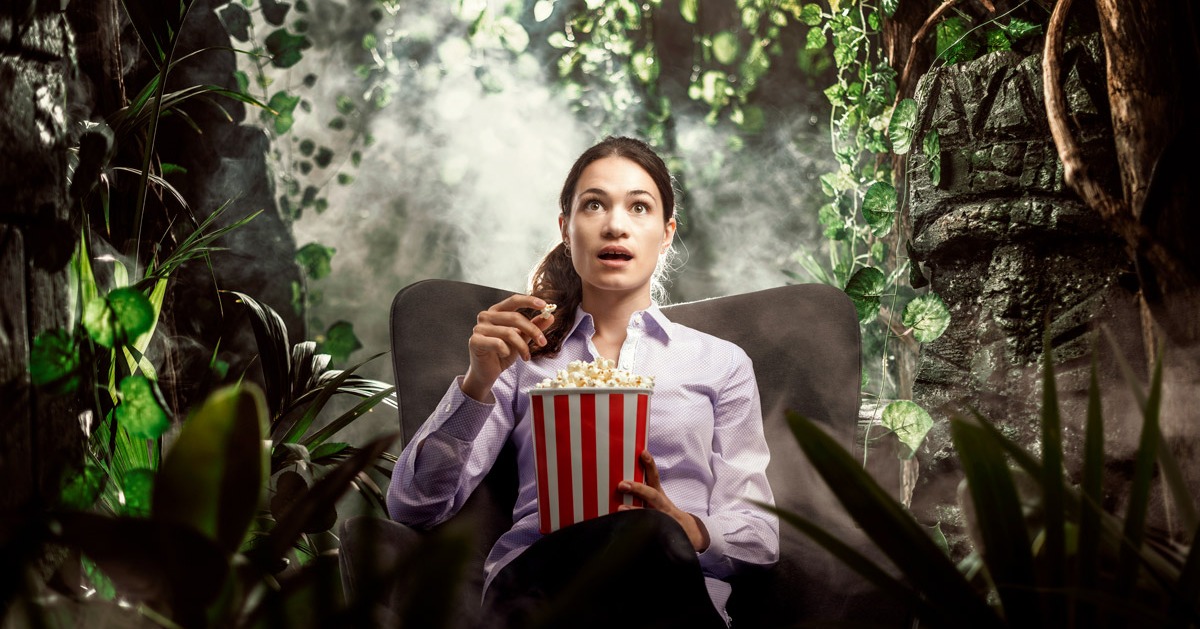
Experience Design (XD) is a methodology for creating customer experiences. The aim is to solve customer challenges in order to create a positive emotional response and promote the uptake of services and products.
Experience design is changing the way we design, develop and iterate our business. In other words, traditional design has shifted more from problem solving to creating meaningful experiences.
In essence, experience design is about putting people at the centre of the design process so that services, processes, environments and strategies can be shaped around individual needs. It is an approach that draws on the needs, emotions, contexts and mindsets of users to create experiences that truly meet their needs.
Experience design is everything, from a very easy shopping transaction in a bricks-and-mortar store to well-managed customer support, for example when a customer asks for advice on their insurance. To make the experience a good one, it requires a well-designed customer journey and training of employees at every touch point along the customer journey.
The possibilities in experience design are endless, limited only by the imagination.

Why does experience design matter?
Experience design is one of the rising stars in the design/design of services and products, because people today want more and more experiences than just services. Experiences should be designed to meet customer expectations and needs while creating a positive memory.
It doesn't matter what business a company is in, because the business and its employees are constantly in contact with customers, whether B2B or B2C.
These interactions are part of your customers' experience of your brand.
Every click on a website, interaction on social media or download from an app evokes emotions that are influenced by business decisions. If these interaction channels are not designed properly, it is possible to lose customers to a competitor.
Experience design goes beyond these touchpoints to ensure customers find the service easy to use or delightful - common but vague 'user-centric' goals.
Ultimately, experience design is about creating positive customer experiences at different touch points in the customer journey, such as when dealing with customer service.
The key is to map the entire customer journey of the service and all the main touch points that matter to the end user. Key touchpoints, such as shopping, should be ensured to be well-designed experiences. The customer journey is not always a visit to an amusement park, it can also be a distant sales process, a marketing landing page or a deal with customer service.
For example, an experience designed to be effortless, such as buying a product from a company's app, loses its appeal if it leaves the customer feeling uncertain about, for example, how the product will arrive at home.
In the same breath, it should also be noted that to create quality experiences, the brand experience needs to be secured. The brand must be communicated to the customer in the same way, for example visually and in terms of value propositions.
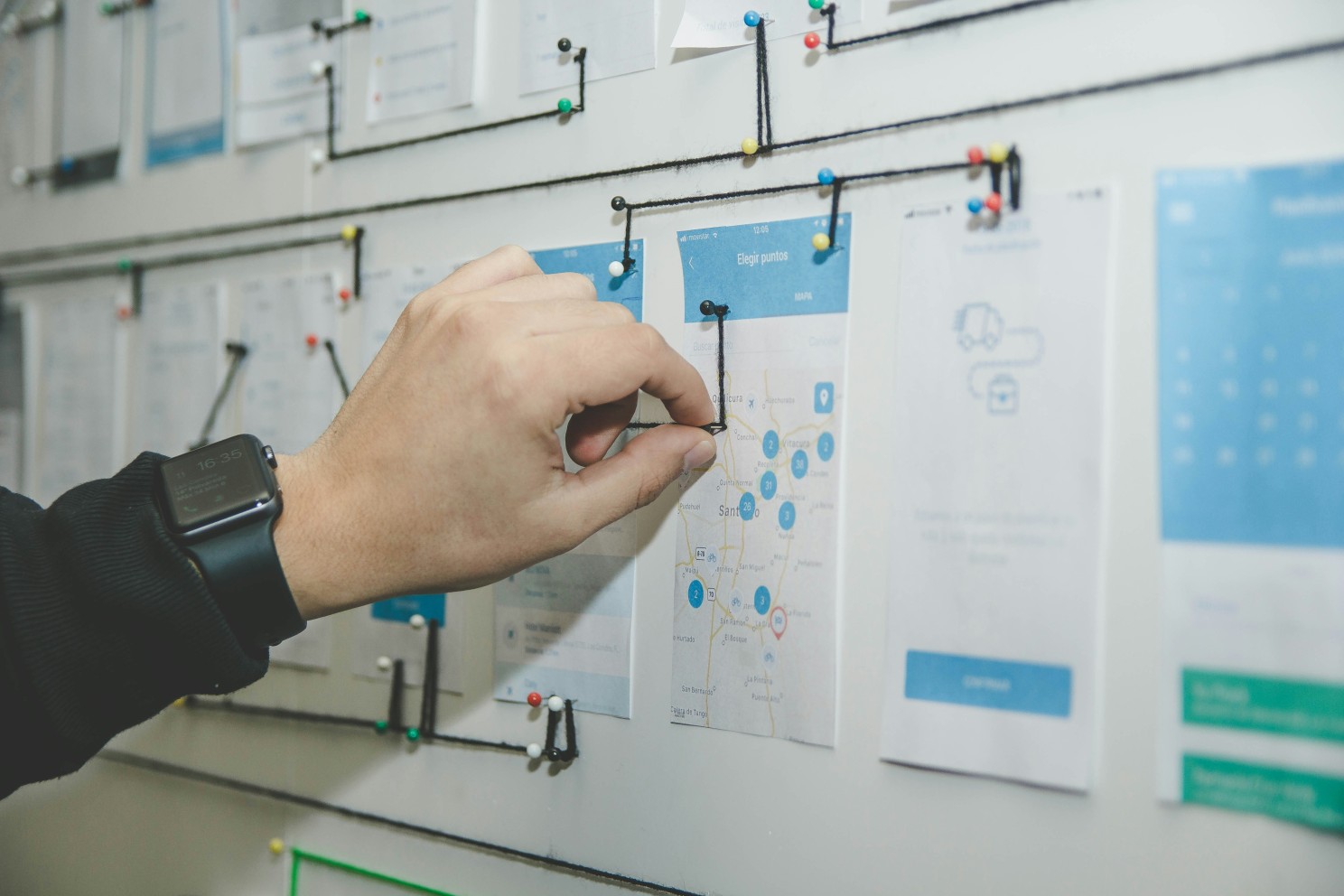
(Unsplash)
Some facts about experience design and UX
Experience design and UX are similar in many ways, and many studies show that the results are also similar. Adobe has done a lot of research on the subject and has done a great summary of it, and here are a few points worth noting:
- A well-designed and strategic user experience can increase conversions by up to 400 percent (Source: Forrester)
- Every $1 invested in UX generates $100 (ROI = 9,900%) (Source: Forrester)
- 90% of users have stopped using an app due to poor performance (Source: Toptal)
- 32% of people would stop interacting with a brand after one bad experience, (Source: Eleken).
So experience design matters because it really does make a difference to customer experience for business performance.
(Unsplash)
What kind of company is experience design for?
In my experience, experience design can be useful for many companies in different industries. In principle, it is suitable for any company that has customer satisfaction and customer engagement as its top priorities and wants to provide a better service.
Online shops and retailers
Online shops and retailers can create seamless shopping experiences that feel the same online and offline. For example, the hospitality and travel industries can create memorable experiences for their customers by seamlessly integrating the services and products they offer into the overall experience. For example, accommodation providers can partner with local experiential businesses = better customer experience.
Hospitals and healthcare providers
Hospitals and healthcare providers use design to enhance the patient experience, from sitting in the lobby to the actual treatment. This makes a less interesting event a much more enjoyable experience.
Technology and software sector
SaaS companies in the technology and software sector use a lot of data to create user-friendly interfaces and interactions that drive action and reward the end user. Gamification elements are often used to engage the user and personalise the experience.
Experiences can also take the form of sales processes, for example, where the buyer is involved throughout the journey, while adding value. The whole sales process is mutated into an experience that sticks in the mind. Good lessons on this can be found in a book such as "Challenger Sale".

Are UX and experience design the same thing?
UX and XD are not the same thing, but close friends.
The key difference between experience design and UX is their scope. UX focuses primarily on improving the user experience of a product or service, while experience design takes a more holistic approach and focuses on the overall user experience.
As a profession, experience designers are responsible for creating engaging experiences that meet customer expectations. This includes everything from the feel and visual appearance of the product to its functionality and the way it evokes the emotions of the end user. The focus is on the entire customer journey, including non-digital touchpoints, giving a broader remit.

An example of good experience design is Disney's MagicBand, a model of experience design that has redefined the guest experience at Disney parks with a single RFID-enabled wristband.
Seamlessly integrating ticketing, room access, cashless transactions and personalised interactions, the MagicBand not only improves guest satisfaction, but also collects valuable data to improve operations.
(Unsplash)
Key business benefits of experience design
Today's customers expect memorable customer experiences and services that are fast and efficient. It is clear that companies that fail to meet these expectations risk falling out of the market quickly.
One thing is clear for the future: as the demand for unique experiences grows, it will be important for companies to be innovative and creative to stay ahead of the curve.
Streamlined customer journeys 🗺️
Customer paths with touchpoints designed with the end user in mind to speed up service delivery and response times to serve the customer. This minimises customer frustration and creates good experiences.
Improved productivity 💰
Experience design is not always just about aesthetics, it is a component of sales optimization. A carefully designed experience will always influence customer choices, from brand preferences to brand loyalty.
A significant competitive advantage 🍿
Well-designed experiences create more engaged customers, which allows you to provide ongoing services across your portfolio. Engaged customers are less likely to switch providers based on price alone.
Experience design is not a one-off project, but an ongoing process that requires constant research, testing and iteration. Companies need to continuously collect user feedback - qualitative and quantitative data to improve products/services to meet evolving customer needs and expectations.
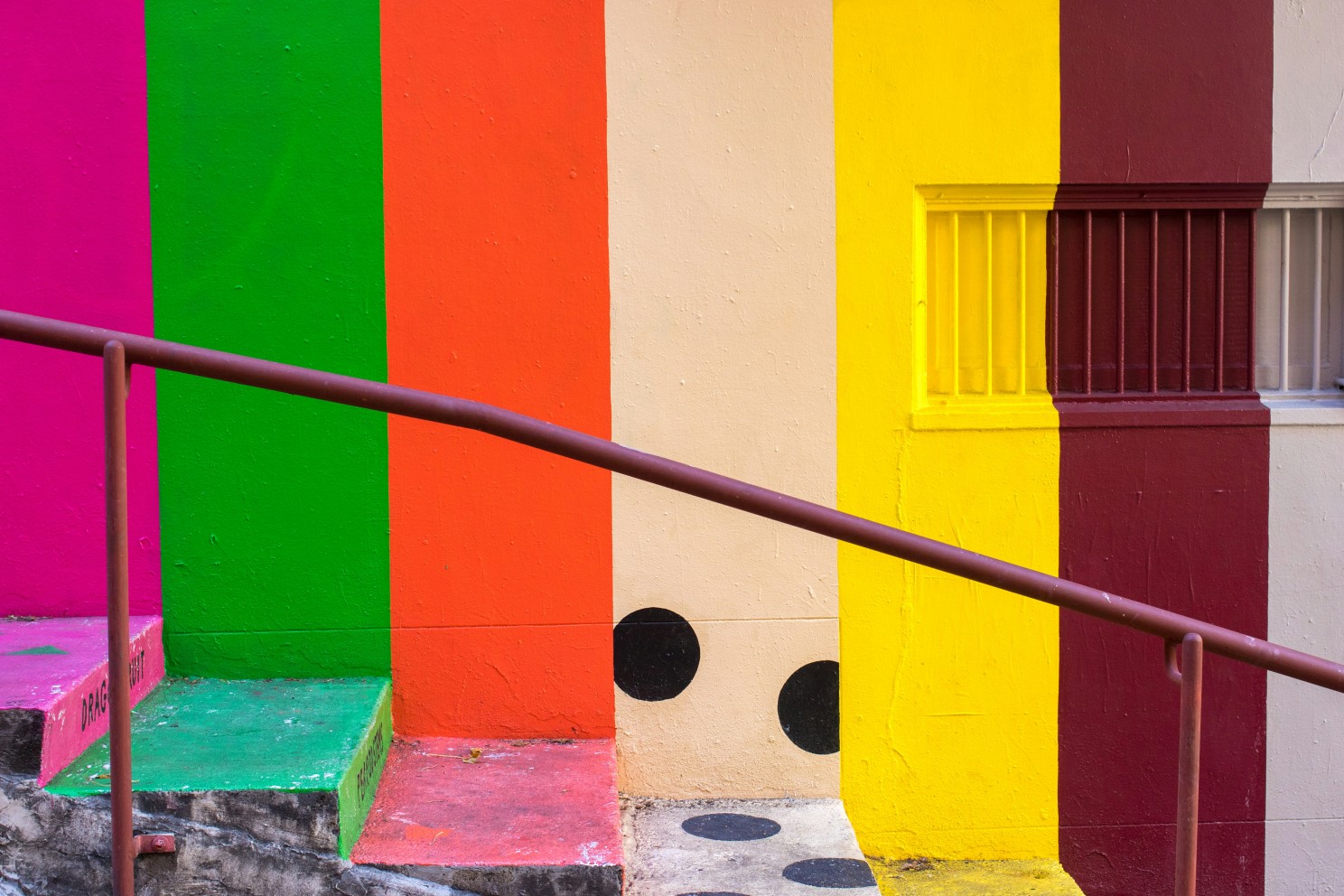
(Unsplash)
These 5 easy steps to get started with experience design
Getting started with experience design is not as difficult as it sounds. These 5 easy steps will get you started.
1. Set clear objectives
Clearly outline specific business objectives related to customer experience, such as increasing online sales by 15% or improving customer satisfaction ratings by 20%.
It's a good idea to record these goals in Excel, for example, to make them more concrete.
2. Get to know your customers
Create detailed customer personas based on demographics, behaviour and preferences. Conduct surveys or interviews with existing customers to understand their needs and pain points.
3. Map customer pathways
Visualise the customer journey from start to finish, from the first interaction to post-purchase use of the product or service. Also identify all touch points and potential friction points, so you can create FAQs and answers to these points, for example.
4. Use user-centred design
Adopt the principles of user-centred design in product development and website design. Conduct usability testing with real users to gather information and refine the user interface for optimal satisfaction.
5. Measure and optimise
Implement analytics tools to monitor key performance indicators (KPIs) such as conversion rates and customer feedback. Review this data regularly and refine your design to continuously improve the customer experience.
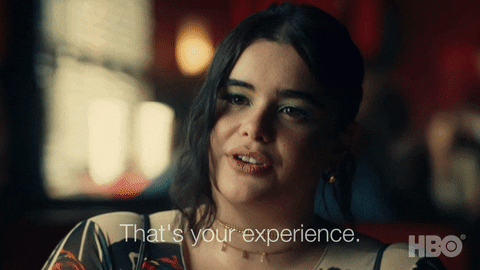
(Giphy)
Summary
Experience design can seem like a big job, but with small steps you can start creating compelling experiences that your customers will remember.
The easiest way to start before the steps above is to figure out where in your business you can deliver experiences. It could be a sales process, a marketing campaign or a visit to a bricks-and-mortar store.





